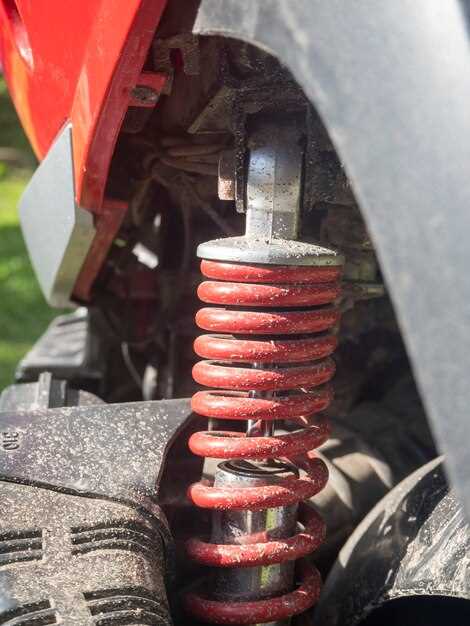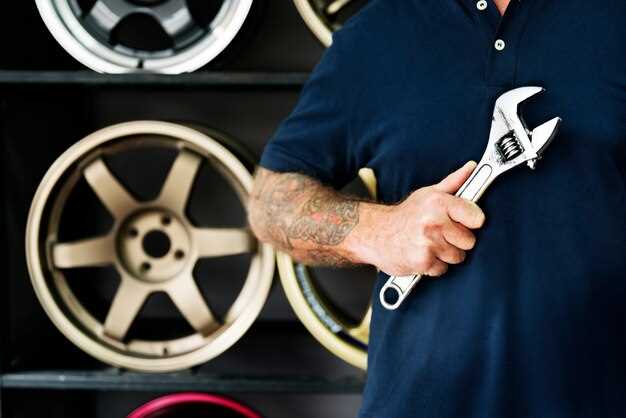Jeep suspension kits – what to know before buying


When it comes to enhancing your Jeep’s performance and off-road capabilities, investing in a quality suspension kit is essential. A well-chosen suspension upgrade not only improves ride quality but also affects handling, ground clearance, and overall stability. Before making a purchase, it’s crucial to understand the various factors that can impact your decision.
First and foremost, consider the specific goals you have for your Jeep. Are you looking to improve off-road performance, increase towing capacity, or simply enhance comfort on paved roads? Your intended use will dictate the type of kit that best meets your needs. Additionally, the compatibility of the suspension components with your Jeep model is vital, as not all kits are universally applicable.
Another critical aspect to analyze is the type of suspension system you’re interested in. There are several options available, including lift kits, leveling kits, and full suspension replacements. Each type offers distinct advantages depending on your driving style and terrain. Taking the time to research these options will ensure that you select the right suspension kit that aligns with both your vehicle and lifestyle.
Guide to Buying Jeep Suspension Kits
When shopping for a Jeep suspension kit, there are several critical factors to consider to ensure you choose the right lift that meets your needs. A well-selected suspension kit not only enhances your vehicle’s performance but also improves its aesthetics. Here’s a detailed guide to help you make an informed decision.
- Determine Your Purpose:
Identify why you want to lift your Jeep. Common reasons include off-road performance, improved clearance, or better aesthetics. Your intended use will greatly influence the type of kit you require.
- Choose the Right Lift Height:
Suspension kits come in various lift heights, typically ranging from 2 to 6 inches. Consider the balance between ground clearance and stability. Choices may include:
- 2-3 inches: Ideal for minor tire upgrades and improved handling.
- 4 inches: Great for off-road adventures while maintaining daily driving comfort.
- 5-6 inches: Best for serious off-road enthusiasts looking to increase wheel travel and approach angles.
- Material and Quality:
Examine the materials used in the kit. High-quality materials, such as heavy-duty steel and polyurethane bushings, will provide better longevity and performance. Look for kits from reputable brands.
- Components Included:
Check what components are included in the lift kit. A complete suspension kit may consist of:
- Coil springs
- Shocks
- Control arms
- Track bars
- Brackets and spacers
- Installation Requirements:
Consider whether you will install the kit yourself or hire a professional. Some kits are straightforward and can be installed with basic tools, while others may require advanced skills or additional modifications.
- Budget:
Set a budget before shopping for a kit. Prices can vary greatly based on brand, components, and lift height. While it may be tempting to choose cheaper options, investing in a quality kit often pays off in the long run.
- Reviews and Recommendations:
Research customer reviews and seek recommendations from other Jeep owners. First-hand experiences can provide insight into the performance and reliability of different suspension kits.
Following these guidelines will help you make an educated choice when purchasing a Jeep suspension lift kit, ensuring you achieve the desired performance and look for your vehicle.
Understanding Different Types of Suspension Systems
When considering a suspension kit for your Jeep, it’s crucial to understand the various types of suspension systems available. Each type has unique characteristics that can affect your vehicle’s performance, handling, and overall comfort.
1. Leaf Spring Suspension: This traditional system utilizes a series of curved metal plates, known as leaf springs, to support the vehicle’s weight and absorb shocks. Leaf spring suspensions are robust and provide excellent load-bearing capacity, making them popular for heavy-duty applications and off-road use. However, they can lead to a stiffer ride compared to other options.
2. Coil Spring Suspension: Coil springs are coiled metal wires that provide a more flexible and comfortable ride than leaf springs. This type of suspension allows for better articulation over rough terrain, enhancing overall off-road performance. They are commonly found in modern Jeep models and offer a smoother ride on paved roads as well.
3. Air Suspension: Air suspension systems use air-filled bags instead of traditional springs, allowing for adjustable ride height and improved ride quality. This system can adapt to various driving conditions, offering both comfort and capability, particularly when equipped with an appropriate suspension kit. However, maintenance can be more complex compared to other systems.
4. Torsion Bar Suspension: Utilizing a bar that twists to absorb shock, torsion bar suspensions provide adjustability in ride height and are often found in heavier vehicles. This system allows for precise tuning of suspension stiffness, which can significantly impact handling and stability on various terrains.
5. Independent Suspension: In this system, each wheel moves independently, maximizing traction and enhancing ride quality. Independent suspensions are ideal for performance-oriented driving, as they minimize body roll during cornering. While less common in Jeep models, they can be beneficial for those seeking superior handling capabilities.
Understanding these different types of suspension systems is essential in selecting the right suspension kit for your Jeep. Each system has its benefits and drawbacks, and choosing the proper setup will depend on your specific driving needs and conditions.
Key Factors to Consider When Choosing a Lift Kit

When selecting a lift kit for your Jeep, the first factor to consider is the intended use of your vehicle. If you plan to use your Jeep primarily for off-roading, a suspension system designed for rugged terrains will be essential. Look for lift kits that offer durability and performance in challenging conditions.
Another important aspect is the lift height. Kits typically range from 1 inch to over 6 inches. A higher lift can enhance off-road capabilities but may affect stability, handling, and center of gravity. Carefully determine the lift height that balances performance with daily drivability.
The quality of components is crucial. Opt for kits made from high-grade materials that can withstand the stresses of off-road driving. Brands with strong reputations often ensure better reliability and longevity for their suspension systems.
Compatibility with other modifications is another key consideration. If you have larger tires or additional modifications, ensure the lift kit you choose accommodates those changes. Pay attention to any potential impact on steering and alignment resulting from the lift.
Installation options should also be evaluated. Some suspension kits are designed for easy installation, while others may require professional help. Determine your comfort level with installation to avoid unexpected costs and complications.
Finally, consider your budget. Lift kits can vary significantly in price, and while it may be tempting to go for the cheapest option, investing in a higher-quality kit can save money in the long run by reducing the need for repairs or replacements.
Installation Tips and Tools for Jeep Suspension Kits

Installing a Jeep suspension kit is an exciting project that can greatly enhance your vehicle’s off-road capabilities. However, it’s crucial to approach the installation process with careful planning and the right tools. Here are some essential tips and tools to guide you through the installation of your suspension lift:
Preparation: Before beginning the installation, ensure you have a clean and organized workspace. Gather all necessary tools and components to avoid interruptions during the process. Read through your suspension kit’s instructions thoroughly to understand the specific requirements for your Jeep model.
Required Tools: Having the right tools is essential for a successful installation. Below is a table of recommended tools for installing Jeep suspension kits:
| Tool | Purpose |
|---|---|
| Socket Set | To remove and tighten bolts on suspension components. |
| Torque Wrench | To ensure bolts are tightened to the manufacturer’s specifications. |
| Jack and Jack Stands | To lift the vehicle safely, providing access to the undercarriage. |
| Pry Bar | To assist in removing stubborn components from their mounts. |
| Brake Line Tool | To safely disconnect brake lines if necessary during suspension installation. |
| Impact Wrench | To speed up the removal and installation of large bolts. |
| Level | To check and ensure that the vehicle is level after installation. |
Installation Steps: Start by lifting the Jeep and securely supporting it with jack stands. Remove the wheels to gain access to the suspension components. Following the manufacturer’s instructions, begin the disassembly of the existing suspension parts, taking care to label bolts and nuts for easier reinstallation. Install the lift components as specified, making sure to align everything correctly. Regularly check for proper fitment throughout the process.
After installing the suspension lift, double-check all your work to ensure that bolts are torqued to specifications. Reinstall the wheels and lower the Jeep back to the ground. Finally, take your Jeep for a test drive to ensure the suspension is working correctly and make any necessary adjustments.
By following these tips and using the right tools, you can successfully install your Jeep suspension kit and enjoy improved performance on and off the road.
